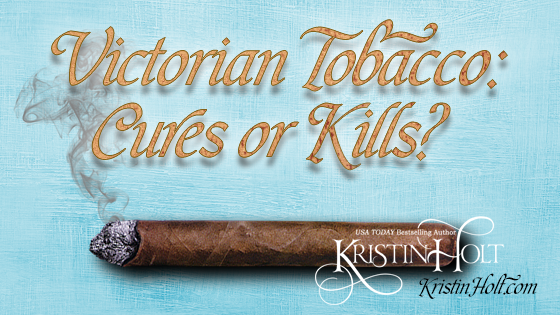
by Kristin Holt | Jul 1, 2020 | Articles
Did Victorian-era Americans partake of tobacco products with ignorant bliss? Or were they aware of health dangers? And were those health dangers remotely accurate (compared to today)?
Join me for a look at various newspaper articles, medical journal pieces, vintage photographs, and more. I’ll allow you to draw your own conclusions.
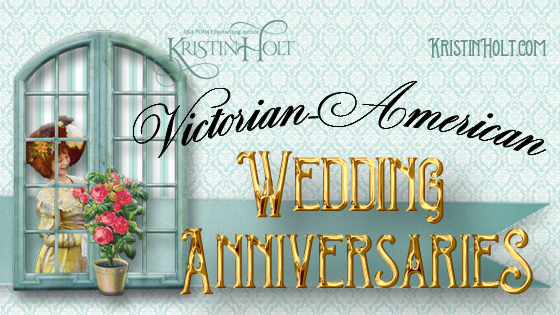
by Kristin Holt | Mar 6, 2020 | Articles
Victorian-American husbands and wives celebrated their wedding anniversaries in a variety of ways. The wealthy held sumptuous dinners and balls in honor of their years of wedded bliss and their guest lists and published itemized gifts showed it! A variety of late-nineteenth-century American etiquette governed much about the Victorian-American Wedding Anniversary, from invitation to gifts to entertainments.
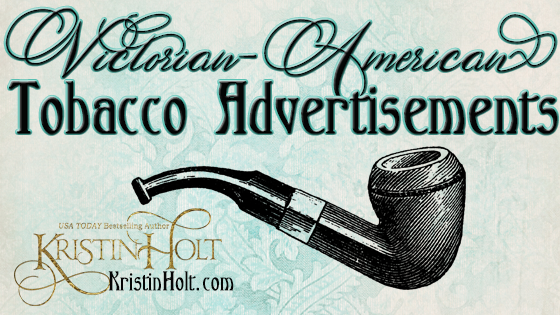
by Kristin Holt | Feb 15, 2020 | Articles
Advertisements from vintage newspapers and periodicals shed much light on the tobacco habits of our nineteenth century United States ancestors. Each ad cites sources, dates, and provides everything from brand names to prices to general categories to help us draw conclusions about tobacco use in the Victorian United States.
Why? Because accurate backdrops make for exciting fiction!
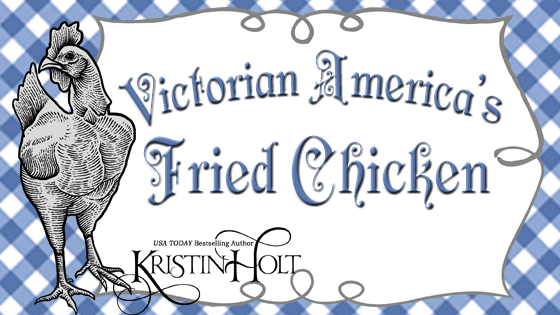
by Kristin Holt | Jul 6, 2019 | Articles
July 6th is (United States’) National Fried Chicken Day. A perfect time to acknowledge and celebrate the love of fried chicken throughout the nineteenth century. Not only was this dish well-established in the colonies (17th and 18th centuries), it was a favorite throughout the States as the nation expanded to the California coast. Vintage newspaper clippings detail restaurant menus featuring fried chicken and provide vintage instructions for frying succulent drums, thighs, and breasts. Apparently folks said thank you with a good meal then, the same as they do now.
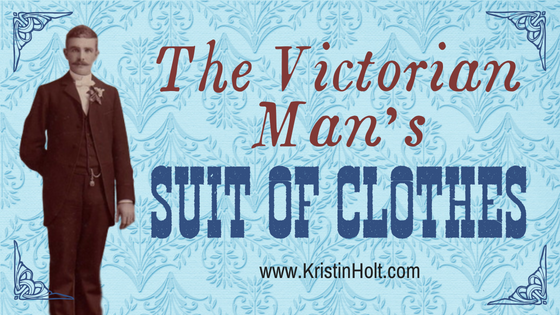
by Kristin Holt | Jul 3, 2018 | Articles
A man’s proper suit of clothes was worn by gentlemen, bankers, clerks, professionals… virtually every man except those who labored manually (such as miners). Given men owned so few items of clothing, they certainly wore what they had, despite the demand. Levi Strauss developed the original “Levi’s 201’s” and “Levi’s 501’s”, built to last in the clothing-destroying mines. Compare and contrast the “suit of clothes” with Levi’s originals.













